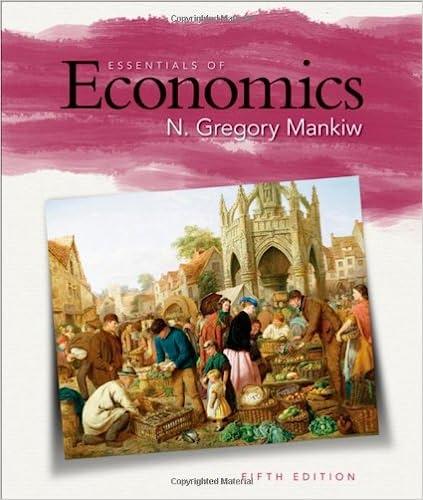
For the second part. Please answer only question number 4 above. I only posted questions 1-3 because it is connected. Thank you.
Your answers to those questions must come from two perspective: One for a pro protectionism perspective and one for against. You must image how a pro protectionist would answer the question and again think how a person against protectionism would answer the same question. 1. Which do you favor: free trade or protection? Explain why. 2. Assume you are voting on a request before the Philippine Trade Commission to raise the tariff on imports of rice. Rice farming is major employer of Filipinos about 24% in 2018 (PSA, 2018). Rice is also a food staple of Filipinos who eat on average 109 kgs of rice per year (PSA, 2017). increasing the tariff would save jobs and allow money from tariff to be to invest in technology and improvements in rice farming. Would you vote for or against the tariff increase? 3. More generally, what are the benefits of keeping a job in thecountry? Objective/s: Explain the ideas of comparative and absolute advantage and illustrate the concepts by comparing two countries. Instructions: Imagine that two countries, thppines and Mexico, with the production capacities in rice and tortillas listed below. Philippines Mexico Rice Tortillas Rice Tortillas 30 O 10 O 0 40 0 20 If Philippines and Mexico decided to produce only rice and tortillas, respectively, and wanted to trade with each other, both countries could benefit. Explain how. Hint: Identify the opportunity cost of producing each good for each country. Identify which country has absolute advantage. Identify the comparative advantages of each country. So, when a country has no absolute advantage it can have no comparative advantage? Why or why not? 4. The costs of protectionism are paid by consumers in the form of higher prices. Before the Rice Tariffication Law, the price of domestically produced rice is 34 pesos/kg on average compared to for example in Vietnam where the average price of rice is 27 pesos/kg (measured in terms of Philippine Peso) (PhilRice, n.d.). If for example consumers pay a total (by paying higher rice prices) of Php1,000,000 extra to save 100 jobs in rice farming, then the cost of saving each job is PhP10,000. The obvious question is at what point do these costs exceed the benefits? In your opinion, how much extra should consumers pay to keep a job in rice farming? (Express this figure in peso/per job.)










